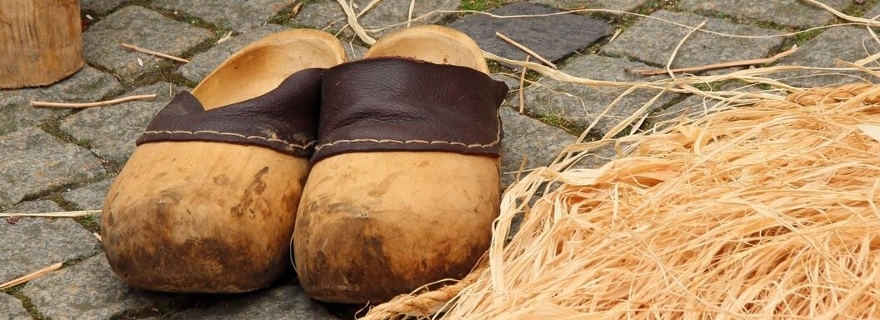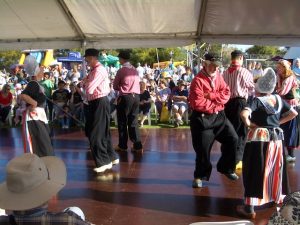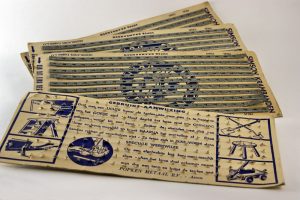Dutch clogs are in fact exactly what they are called as well: wooden shoes. In this article we tell you something more about wooden shoes and why it was during a long time the traditional footwear in the Netherlands.
Different uses of wooden shoes
Wooden shoes are a traditional kind of footwear. Professionals in Europe especially in some occupations such as agriculture, in mines and within some factories, still use clogs. They are comfortable, keep the feet dry and they protect the feet very good against damage. The shoes also keep the feet warm. In the old days, in wintertime, people put a bit of hay in them for even more warmth. Another advantage is that clogs are very easy to step in to and take them off.
A quick history lesson about wooden shoes
The oldest footwear (clogs) found in Europe is in the Netherlands in Amsterdam and Rotterdam and date from the half of the thirteenth century. Funny is that they look very familiar to the ones that are still produced and worn now!
In the first half of the twentieth century a lot of people were to poor to have shoes, or kept their shoes only for Sundays and party time. During the week they wore wooden shoes. Also all the children went to school on wooden shoes.
Folk dancing with wooden shoes
Nowadays all over the world Dutch clogs are used for folk dancing. The sound of the clogs agains the floor gives the dance an extra dimension.
The repair of wooden shoes
Wooden shoes are very sustainable. In the past after a very long time of use, it could be necessary to repair the Dutch wooden shoes. There were several ways to repair them, for example with iron wire around them. There are also special repair sets with strips (in Dutch called “kramband”), see the image below.
Once the wooden shoe was not repairable anymore, they mostly ended up in the stove to produce some last benefit in the way of warmth!
Dutch clog museum
We even have a Dutch wooden shoes museum in the north of the Netherlands in the town Eelde. Admire everything about clogs and be surprised! See how inventive people were to produce clogs for all kind of purposes. Funny fact, there is even a smugglers clog, a clog of which the footprint is turned 180 degrees around to mislead the police about the walking direction of the smuggler!




